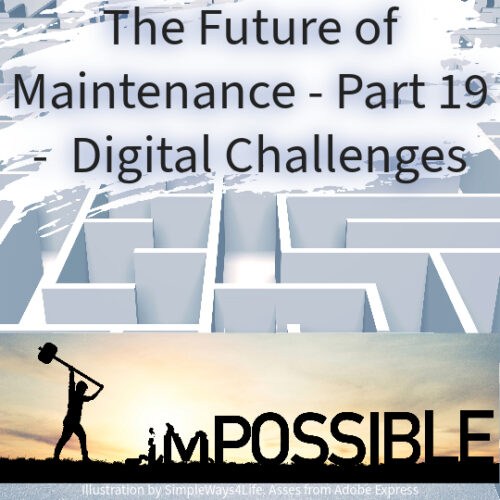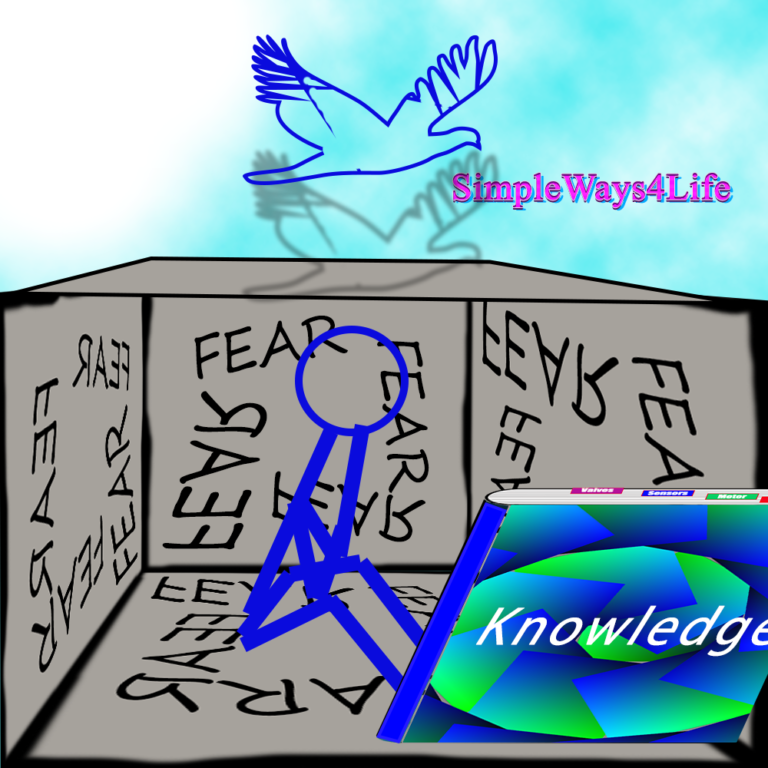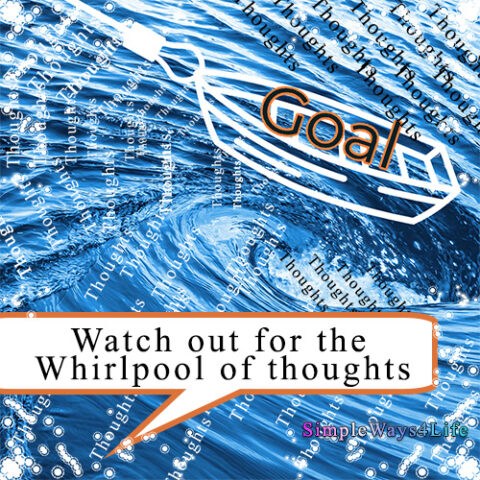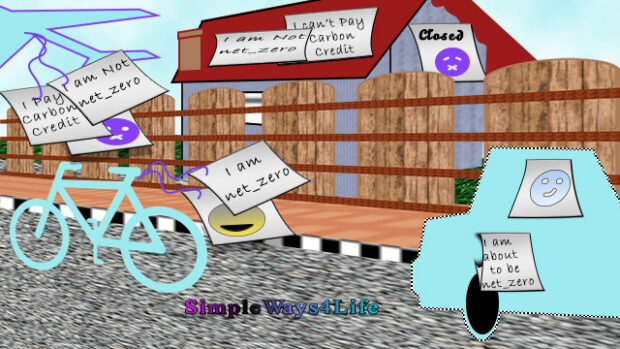Between Enter and Shift+Enter lies a complete story. In chat-based AI tools, pressing Enter means submit, while Shift+Enter means continue writing. It seems simple — one sends, one extends — but that small difference hides a larger truth about how our tools shape our thinking.
That design creates a quiet bias. The one-step action (Enter) becomes the symbol of finality — a quick move to publish, to get an answer, to move on. The two-step action (Shift+Enter) becomes the symbol of reflection — to elaborate, to keep thinking, to explore further. Over time, the interface trains us to favor speed over depth, completion over contemplation.
This is not just about keystrokes; it’s about mental shortcuts. When the act of thinking requires extra effort — an extra key, a deliberate pause — we begin to treat reflection as optional. The interface quietly redefines how we measure productivity.
That design builds a habit. The one-step action (Enter) becomes a signal to finish, to move on, to publish quickly. The two-step action (Shift+Enter) becomes permission to pause, to extend, to think again. Over time, we start to treat speed as success and reflection as delay. Our Thinking begins to mirror the rhythm of our tools. I always speak about seeking balance between the super powers AI provide us with and the cautious usage of it on the personal and institutional levels. What is AI? A MAINTRAIN2023 SNEAK PEEK
As one user wrote in a forum, “I wish Enter would just make a new line. I keep sending half-written thoughts.” Another echoed, “Shift+Enter feels like a tax on Thinking. Why do I need an extra key to keep exploring?”
These small frustrations reveal a deeper pattern: our digital tools don’t just capture our thoughts—they choreograph them even partially -let’s hope it stays: partially.
Interface Friction and Thinking Flow, What works for us?
Thinking flows best when our tools stay quiet. Every click, key, or pause either supports or interrupts that flow. In digital spaces, small frictions matter more than we notice. They guide the rhythm of our thinking. Each keystroke or click can support or interrupt that flow. In writing interfaces, design choices often decide whether our Thinking expands or collapses.
Take the Enter key. It ends a thought, sometimes too soon. Shift+Enter, however, gives space to breathe, to continue, to explore another angle. That single added keypress signals permission to think longer. It delays closure just enough to allow curiosity. This is how interfaces, through micro-interactions, influence how we approach Thinking itself. Enter ends a message. Shift+Enter continues it. That single difference defines whether a thought feels closed or still open. When a tool rewards closure, we hurry. When it rewards continuation, we linger. This rhythm of action and pause shapes how we think before we even notice it.
We often confuse friction with focus. Some friction improves attention; too much blocks flow. Tools that help thinking usually balance both. They offer room to pause without punishment, continuation without confusion. The right interface doesn’t push us to finish — it invites us to stay a bit longer with our thoughts. And that, perhaps, is the quiet art of designing for Thinking.
One frustrated user put it clearly: “Every time Enter sends, I lose my train of thought. I’m scared to press it.” That hesitation is more than inconvenience. It’s the mind adjusting to technology’s tempo. The interface teaches us when to stop and when to flow.
But not all friction is bad. Some friction helps thinking by slowing us just enough to reflect. Too much, and it turns reflection into resistance. The best design balances both—creating space without breaking flow. Tools that respect thinking don’t rush us to the finish line. They help us stay longer in the moment of discovery, where depth begins.
When Instant Thinking Pays
Thinking fast has its place. In urgent moments, quick action saves lives. A firefighter spotting a flame makes a split‑second decision. In these situations, the brain’s automatic mode is right. Psychologists call this System 1: fast, intuitive, and efficient.
In the workplace, too, there are times when Instant thinking works. A customer flood, a medical code alert, a server crash — these demand speed, not deliberation. Here, the cost of hesitation is greater than the cost of risk. Thus, the environment rewards rapid responses. The subconscious kicks in. Mental shortcuts (heuristics) guide action without full analysis.
However, even in fast‐paced scenarios, good Thinking still matters. Even heuristic decisions must be anchored in experience, competence, and some reflection afterward. For example, leaders who decide quickly still build routines that allow review later. The research on workplace decision‐making shows that exhaustion, low resources and poor job design reduce decision‐quality — even when speed is essential.
In short: Instant Thinking can be life‑saving when the context demands it. It relies on strong foundations of skill, pattern‐recognition, and prior training. When used wisely, rapid action doesn’t replace thinking, it channels it differently.
When Instant Thinking Undermines Quality
Thinking fast becomes hazardous when the pressure to act overtakes the space to reflect. In many organisations, time‑pressure builds into the culture: decisions must be made, tasks completed, answers delivered. The brain moves from System 2 (slow, deliberative) to System 1 (fast, reactive), and mistakes rise.
The study “Feeling rushed? Perceived time pressure impacts executive function and stress” found that even when time was objectively the same, the feeling of rushing reduced inhibition, decreased accuracy, and increased stress. In other words, when we believe we must decide now, our thinking shrinks. It becomes narrower, less thoughtful, more prone to bias. This was nicely explained in the US National Library of medicine elaboration about this rush under: Workplace precrastination
In the workplace, this can play out in multiple ways: emails answered too quickly; tasks marked done before full review; patterns ignored in favor of quick fixes. A term for this is precrastination — the rush to finish a task prematurely. It appears as a way to feel productive, but it erodes thinking and quality. I remember an old article speaking about this from Scientic American: Pre-Crastination: The Opposite of Procrastination. It explains that: ” Pre-crastination is the inclination to complete tasks quickly just for the sake of getting things done sooner rather than later.”
When Instant Thinking becomes the default rather than the exception, the cost appears in revisited decisions, degraded performance, and hidden stress. Organisations that reward speed over reflection may undermine deep Thinking, innovation, and long‑term success.
Recap: Protecting Our Thinking in the Age of AI
Throughout our digital lives, small interface choices shape how we think. Enter versus Shift+Enter, friction in editing, and platform design subtly choreograph our thinking. These choices influence whether we pause, reflect, and explore, or rush toward closure.
Interface friction can either support or block thinking. Thoughtful friction—like using Shift+Enter to continue a line—creates space for reflection. Excessive or poorly designed friction interrupts flow, making thinking feel mechanical or pressured. Real user experiences highlight this tension, showing that even micro-interactions shape mental habits and cognitive rhythms.
Instant thinking has a dual nature. In urgent contexts, it saves lives, resolves crises, and rewards fast, experienced decision-making. But when speed becomes default, thinking shrinks. Mistakes, precrastination, and stress rise, and reflection gets crowded out. Workplace psychology confirms that balancing fast and slow thinking is crucial for both performance and well-being.
Ultimately, protecting our Thinking requires awareness. Tools and interfaces should encourage reflection, allow pause, and respect the natural rhythm of thought. Users, in turn, benefit from recognizing when speed serves them and when it undermines depth. By understanding these subtle influences, we can reclaim space for deliberate, thoughtful, and creative Thinking—even in a world designed for instant answers.







